morton’s neuroma Exercises
Body Part:
Foot
Equipment:
Osteopressure Tool Set & Mini Foam Roller
Level:
Beginner
Body Part:
Foot
Equipment:
Osteopressure Tool Set & Mini Foam Roller
Level:
Beginner
Ouch! Every time I take a step, it feels like the ball of my foot is landing on a marble… but there’s nothing in my shoe. What’s going on?
Don’t worry. You’re not losing your marbles. It sounds like you have a condition called Morton’s Neuroma.
Morton’s Neuroma? What’s that?
A neuroma is a growth of nerve tissue. A Morton’s Neuroma is not a true neuroma, but a thickening of the nerve tissue.1) It’s your foot’s reaction to pressure or irritation. The condition causes pain in the ball of your foot, usually between your second and third toes or your third and fourth toes.
Oh. How did I develop Morton’s Neuroma?
Before we talk about how your Morton’s Neuroma developed, you should know how your foot is designed. Short and feet: the front of your foot is made up of phalanges (the bones in our toes), metatarsals (five long bones that run from the base of each toe to the middle of our feet), and two sesamoid bones (embedded in the tendon of our big toe.) If the nerves between the metatarsals — these are the nerves that provide your toes with feeling — thicken, there is a loss of space. The nerves are compressed and become irritated. The invisible marble appears, and the pain starts.
So, what causes Morton’s Neuroma?
That burning sensation in the ball of your foot might be caused by your shoes. High-heeled shoes or tight-fitting shoes can squeeze your toes and put pressure on the nerves. You may also develop a Morton’s Neuroma if you regularly play high-impact sports. Running and court sports like tennis, basketball, and squash expose your feet to repetitive strain. You may be at a higher risk of developing a Morton’s Neuroma if you have flat feet, bunions, or hammertoe (a condition where one of your toes looks like it’s bent in half.)
Good to know. What about the symptoms of Morton’s Neuroma?
If you have Morton’s Neuroma, you may experience:
You might have changed the way you walk, turning your affected foot out slightly, so you don’t step directly on the area of your foot that hurts. In most cases, Morton’s Neuroma doesn’t manifest as a bump on the foot.
How can Liebscher and Bracht help?
We have an exercise program for you that can help relieve your pain and increase foot strength. Our targeted routine includes stretches, foam rolling massage, and our pioneering Osteopressure therapy. All you need is our Pain-Free Package with the Mini Foam Roller and the conical handle with the soft pointed attachment from our Osteopressure Tool Set. If you don’t have either, don’t worry. You can use a rolling pin and a carved cork. To maximize the benefits of our routine, stretch, massage, and press intensely and intelligently. Challenge yourself to exercise at a high intensity that may produce an uncomfortable sensation. (This is a sign that the exercise is working.) However, do not exercise to the point that your breaths become short and shallow, or you find that you’re holding your breath or clenching your teeth.
Buy your Mini Foam Roller and Osteopressure Tool Set in our online shop. While you’re there, check out our full range of pain-relieving tools and products.
Take me to the shop.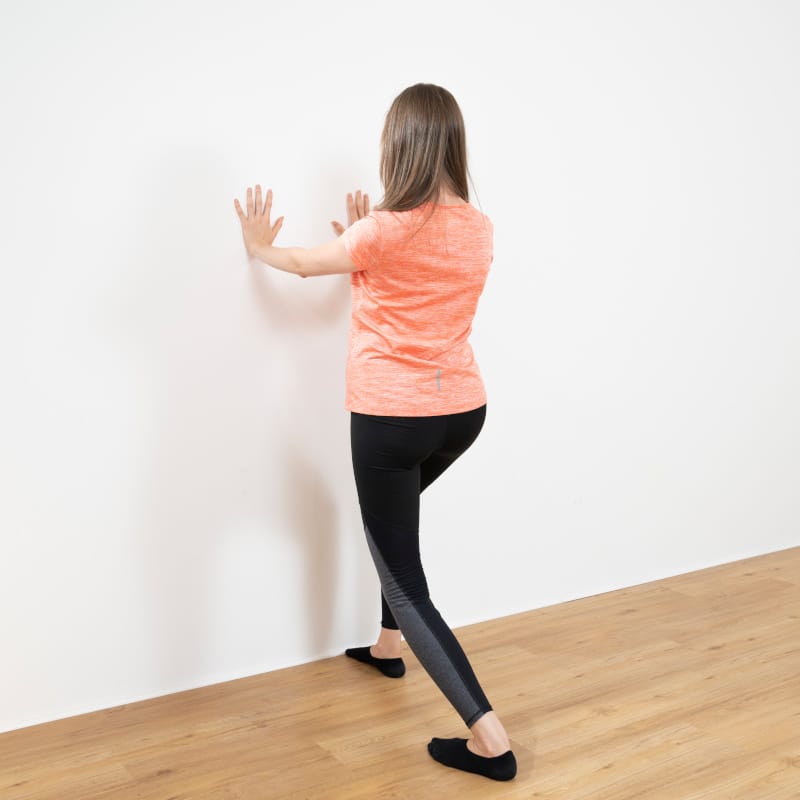
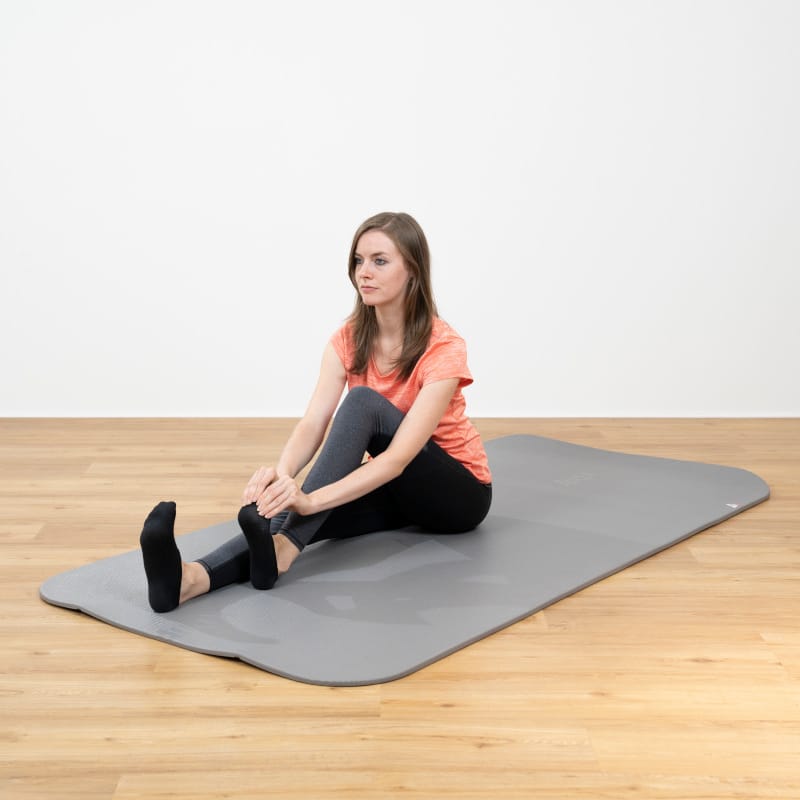
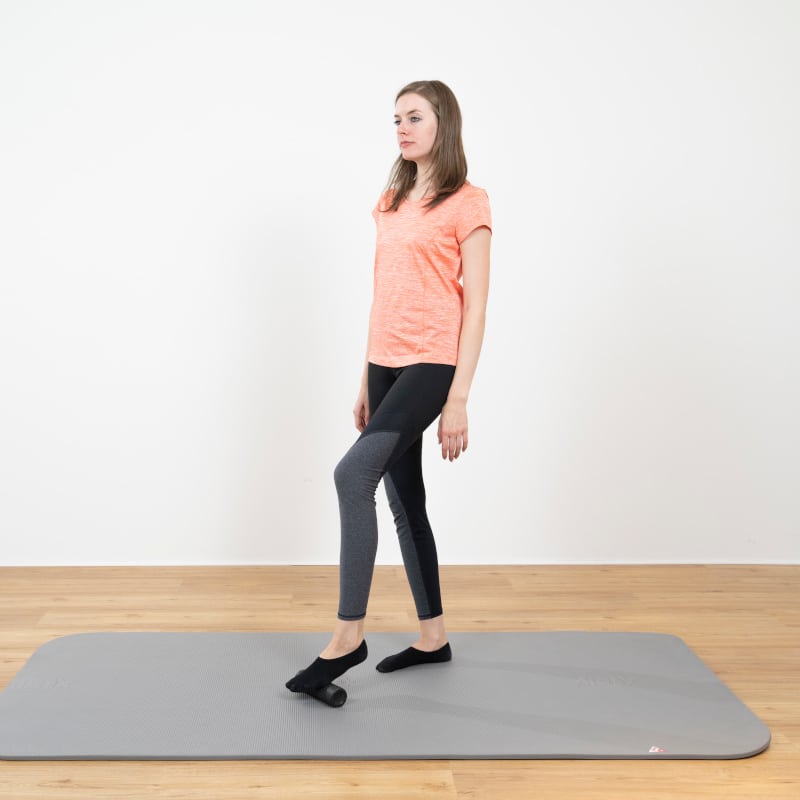
For this exercise, you’ll need our Mini Foam Roller.
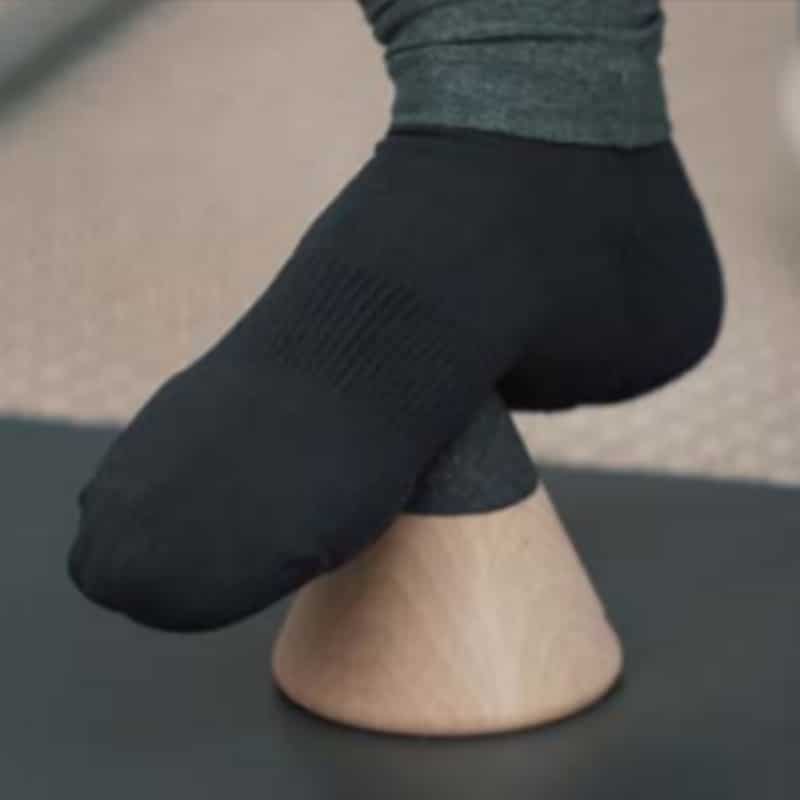
For this exercise, you’ll need the conical handle with the soft pointed attachment from our Osteopressure Tool Set.
We recommend exercising 6 days a week and leaving one day for rest. You can adjust the frequency of your exercising as the marble feeling in your step or burning sensation in your foot goes away.
Changing your shoes can help ease your foot pain. Wear wide-fitting shoes that leave enough room for your forefoot and don’t squeeze your toes.
Download our FREE PDF guide and start relieving your foot pain now.
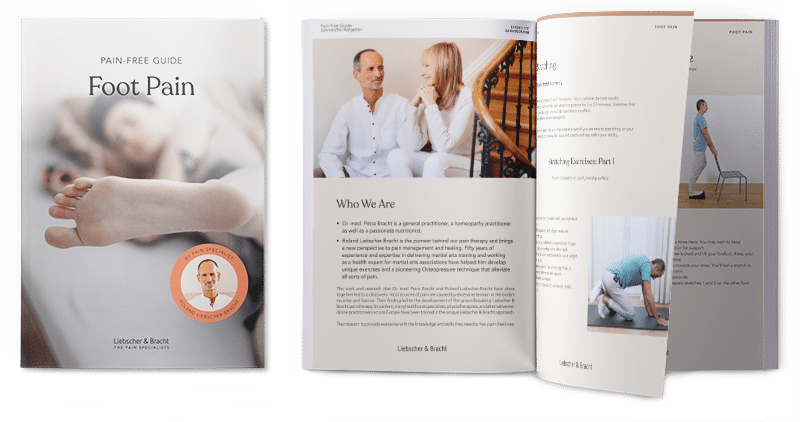
All gain. No pain.
Discover how to identify which foot condition you have, learn about the causes and symptoms, and find out which exercise routine is best to manage your foot pain.
Learn About & Manage Foot PainHammer toe is a condition where one of your toes is bent downward at the middle joint. This routine can help straighten your toe so you walk without pain.
Help Your Hammer ToeOur feet are a high-performing team. But with all the wear and tear, pain and inflammation are common. These stretches help keep your feet at the top of their game.
Relieve Foot Aches & Pains